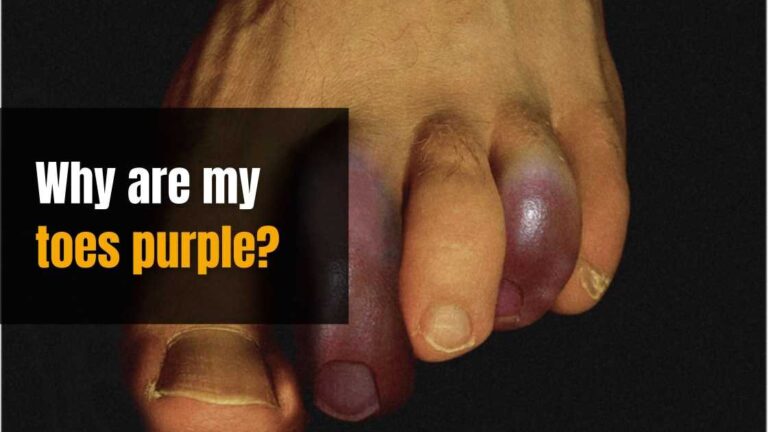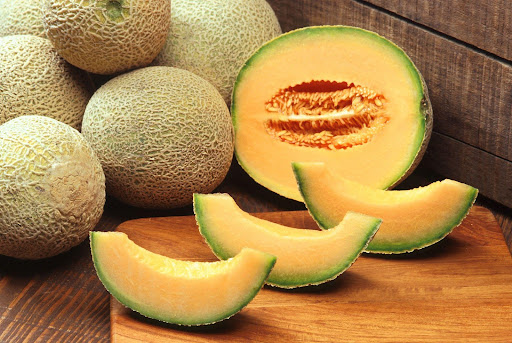Diet is of the essence to any diabetic and whole grains such as barley and millet are a common source of diet for most people. It is therefore not uncommon for people to ask the question “Is barley good for diabetics?”.
One of the most consumed grains in the world, especially in America, barley is rich in nutrients and has a lot of health benefits. It improves digestion, aids in weight loss, lowers blood cholesterol, and improves the health of the heart. But is it good for people living with diabetes and does it in any way help control diabetes?
In this article, we will answer the question “Is barley good for diabetes” and explore some other health benefits of eating barley.
Is barley a good dietary option for diabetics?
Yes! Barley as grain is good for diabetics because it helps control diabetes and also acts as a very good diet option for people who have a high risk of developing diabetes. The reasons that have been given for the above declaration are:
- Barley is known to improve insulin production in the body. The presence of magnesium in Barley is known to trigger insulin production and also activate the body cells making them very sensitive to the insulin that is produced.
- Also, the high fiber content of Barley makes it a good option for diabetics because fibers which are complex sugars delay the absorption of glucose into the bloodstream. This helps people living with diabetes to control their diabetes.
Why is Barley good for diabetics?
In order to understand more about why barley is good for diabetics, we need to understand certain factors which are usually the determinant for the choice of food for diabetics. Some of these factors include:
- The glycemic index of barley
- Types of sugars contained in barley
- Health benefits of barley which can help people diagnosed with diabetes
What is the glycemic index of barley?
A Glycemic index is a tool used to measure the increase in blood sugar levels. This tool assigns numbers (on a scale of 0 to 100) to foods based on how slowly or quickly those foods can cause increases in blood sugar levels.
The foods are then classified into low, medium, and high glycemic foods. The lower the glycemic index of a food, the lower the chances of the food affecting your blood sugar levels, the higher the glycemic index of a food, the greater the chances of the food affecting your blood sugar levels.
Below is the classification of the glycemic index
- Low: 0 to 55
- Medium: 56 to 69
- High: 70 to 100
Barley has a glycemic index of 25, thus placing it in the low category of the glycemic index. A food or fruit with a low glycemic index is a good indicator that it can be consumed safely by people with diabetes.
Hence barley can be safely consumed by diabetics because it has a low glycemic index.
What is the glycemic load of barley?
A glycemic load is a tool used to measure the amount of carbohydrates in a portion of food together with how quickly it increases blood glucose levels. It is very helpful to people with diabetes.
This tool helps them to assess which quantities of foods are most suitable for maintaining good blood glucose levels.
The classification of glycemic load is as follows:
- Low: 0 to 10
- Medium: 11 to 19
- High: 20 and above
The glycemic load of barley is 5.2. This puts barley in the low category of the glycemic load. It also means that one serving of barley will only release a small amount of the overall carbohydrate content which is available. Thus, barley does not increase blood sugar levels to a high level.
What are the types of sugars present in barley?
Another important factor to consider to determine if diabetics can eat barley is knowing the type of sugars that it contains. There are two main types of sugars, simple sugars, and complex sugars.
Foods containing high levels of simple sugars are not good for diabetics because they are easily absorbed and will contribute to a sharp increase in blood sugar levels which is unwanted in diabetics.
Foods containing high levels of complex sugars are the preferred foods for diabetics because the absorption of sugars is delayed and this helps diabetics to control their sugar levels.
Barley contains a high level of fibers (both soluble and insoluble) which are complex sugars. This makes barley a good dietary option for diabetics.
Does barley increase blood sugar?
Due to the presence of high levels of complex sugars in barley and only a small amount of simple sugars, it has the possibility of increasing the blood sugar level but not substantially if consumed in moderate amounts.
A sharp increase in blood sugar levels will not happen when you eat barley because the majority of the sugars that barley contains take a long time to be broken down in the body, thus enabling a gradual release of sugar into the bloodstream. This ensures that your blood sugar levels are stable for a long time.
What kind of nutrients are found in barley?
Below is a table showcasing the nutritional components of barley and the respective quantities of the various nutrients present in it.
| Nutrient | Quantity |
| Calories | 354 |
| Carbs | 73.5 grams |
| Fiber | 17.3 grams |
| Protein | 12.5 grams |
| Fat | 2.3 grams |
| Thiamine | 43% of the Reference Daily Intake (RDI) |
| Riboflavin | 17% of the RDI |
| Niacin | 23% of the RDI |
| Vitamin B6 | 16% of the RDI |
| Folate | 5% of the RDI |
| Iron | 20% of the RDI |
| Magnesium | 33% of the RDI |
| Phosphorus | 26% of the RDI |
| Potassium | 13% of the RDI |
| Zinc | 18% of the RDI |
| Copper | 25% of the RDI |
| Manganese | 97% of the RDI |
| Selenium | 54% of the RDI |
Health benefits of barley
Barley has a lot of health benefits. Some of the health benefits for diabetics, people at high risk of developing diabetes, and non-diabetics include:
- Decrease blood sugar levels, keep the insulin levels in the blood under control, and Increases insulin sensitivity
- Contributes to weight loss in obese people (which is a high risk for diabetes): Barley increases satiety and hence prevents you from consuming more calories than you actually require. This helps control your weight.
- Stimulate beneficial bacteria in the gut: Barley contains both soluble and insoluble fibers. Soluble fibers in barley stimulate the gut bacteria to produce a substance that is beneficial to the body known as short-chain fatty acids. These substances play a beneficial role in curbing ulcers, irritable bowel syndrome, and other gut disorders.
- Good for kidney stones and gallstones: Drinking barley water is usually recommended for people who have kidney stones. By consuming barley, the bulk of kidney and gallbladder stones usually diminish eliminating the need for surgery.
- Barley may also help to decrease cholesterol: By attaching to bile acids, beta-glucans present in barley have been demonstrated to lower “bad” LDL cholesterol.
- Barley can help to improve the health of your intestines: Its high fiber content is responsible for this and notably its insoluble fiber. The majority of the fiber in barley is insoluble, meaning it does not dissolve in water as soluble fiber does. Instead, it bulks up your stool and speeds up your digestive movement, lowering your chances of constipation.
- Barley has been shown to lower hunger and increase feelings of fullness, which can lead to weight loss over time: The high fiber content of barley helps to reduce hunger. Beta-glucan, a soluble fiber, is very beneficial.
The takeaway from this article
Barley is good for diabetics because it helps control blood sugar, improves insulin sensitivity, stimulates the release of insulin, reduces cholesterol levels, and provides many more health benefits to diabetics. Barley is also good for people who are at high risk of developing diabetes.







Leave a Comment